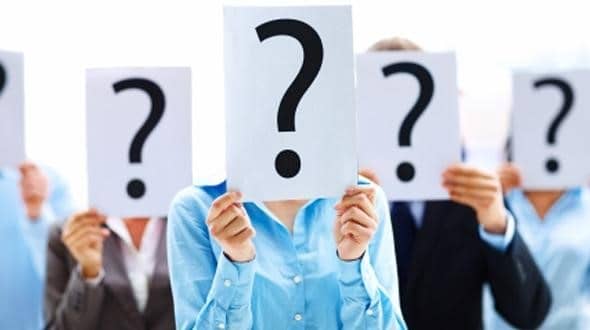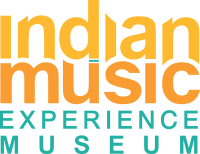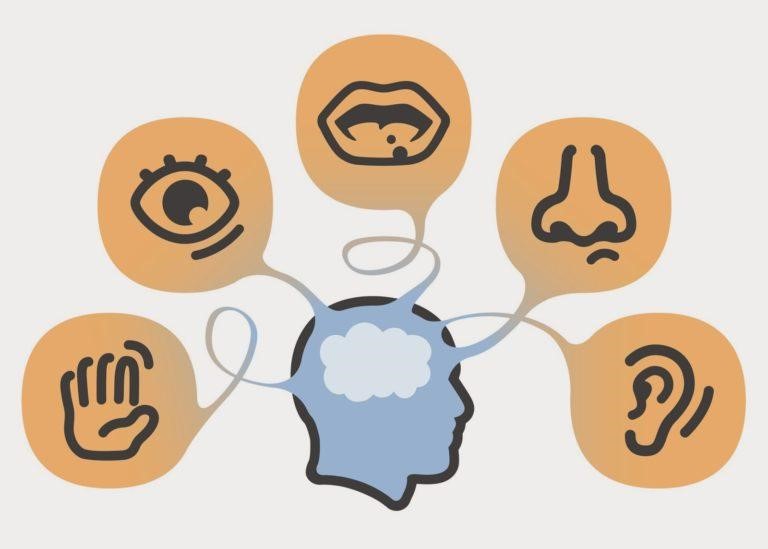Increasing footfalls and engagement at museums are no small task. But, both are different.
Visitor footfall is the number of visitors. Most often, the direct measure of this is the ticket sales. This is one of the parameters of measuring the success or failure of an exhibition or programme. The other parameters included in evaluating success are goals achieved, audience engagement, audience reach, revenue generated from memorabilia and time invested versus the spend to set up the exhibition/programme.
Audience engagement is defined as an individual’s will to learn something new or build on existing knowledge. Daniel Pink’s theory states that true engagement is motivated by autonomy (choice and control), mastery, and purpose (can connect learning to situations in your life / society). True engagement is an individual’s choice to take on a difficult (but not too difficult) task that is relevant for him or her, be it physical (playing a sport or a musical instrument) or cognitive (making sense of competing ideas). Continued engagement is achieved through finding or creating new challenges, making the task harder as mastery increases. A sports fan who is knowledgeable about basketball – who has perhaps learned about it by playing – is much more likely to watch a game.
Can we equip our heritage sites and museums to be as engaging? While audience development through digital engagement has a huge scope, a separate blog post will do justice. Here we have collated 5 non-digital ways to make your museum more interesting. These methods are not heavy on the pocket keeping in mind.
Understand your audience – Many museums we surveyed wanted to attract all visitors. Knowing your audience is important. This is the key to audience development. There are many ways to divide your audience based on the purpose, age, goals, professions, ethnicity. The decision on the approach for dividing the audiences is based on factors like museums vision, type of collection and desired impact.
To start with, ask yourself – are my audience tourists, students, young adults, millennials, families or specialists? A science museum may target students and specialists, while tourists and families may be the main audience for an arts museum. To have a maximum of three main audience types can optimise resources. Do you know their needs, their likes, their wants, what excites them, their modes of communication, if they are curious? Forms, interviews and focus groups are some of the few tried and tested ways of understanding the audience. By asking the correct and relevant questions one can find the audience’s needs and wants.

Use the outside in approach – a visitor-centred approach is the mantra of successful museums. This has helped them increase footfalls and the museum’s public value and audience engagement. All programmes, exhibitions, marketing and communication material are focussed on the audience for effective use of the limited resources a museum often works under. Some techniques used:
- Front end evaluation – is often carried out at the early development of the programme or exhibition to ascertain the desirability of a particular plan of action.
- Formative evaluation – while a programme or exhibition is being developed
- Summative evaluation – at the end of the exhibition or programme to describe what happened as a consequence of the exhibition or programme.
Create modes of communication – Doyour signage, captions, wall texts, marketing material speak in the language of your audience? If your target audience are millennials and families, your language will be less technical vis-a-vis a specialist audience. Lucy Har land’s post on Writing Text for Museums: Knowing Your Audience talks about the importance of aligning your wall texts and captions with the target audience. Aligning your marketing and publicity materials with your target audience is important. Jewellery stores and builders do a good job at creating ads that target various segments. Museums like Victoria and Albert Museum, Tate Modern and many popular international museums use multiple ads targeting specific audience types for their special exhibitions. Gone are the days of one size fits all.
Create simple sensorial experiences – Five senses are used by us to understand and experience the world around us. Sight, sound, touch, taste and smell are the keys to experiencing the world. Stimulating these senses through simple experiences can impact the visitor. Visitors will spend more time observing the painting, thus engaging with it. Having a bell next to a Nandi statue will help visitors activate their tactile and auditory receptors along with the visual senses.
Partner complementary organisations – There is growing awareness to partner and/or collaborate with other museums. But, this is a new idea in India and very few museums have looked at it seriously and consider it relevant. According to the report by the British Council on Re-Imagine Museums and Galleries: UK-India Opportunities and Partnerships, only a few museums have tie-ups and even fewer have any international collaboration.
While smaller ones may find it difficult to have international partnership, local partnerships can offer a win-win solution. Partnering embassies, corporates and state departments can be beneficial. Tourism, transport, education departments have been explored, information and public relations, social welfare, public health departments, are yet to be engaged.
ReReeti works with museums, galleries and heritage sites across India to plan strategies, design systems and implement programmes to increase audience engagement and institutional/company visibility. Email us at info@rereeti.org for a free consultation.

Tejshvi Jain is the founding director of ReReeti and an ATSA fellow. She is passionate about making heritage and culture more accessible. She had been an arts writer, teacher and curator prior to setting up this non-profit organization.

